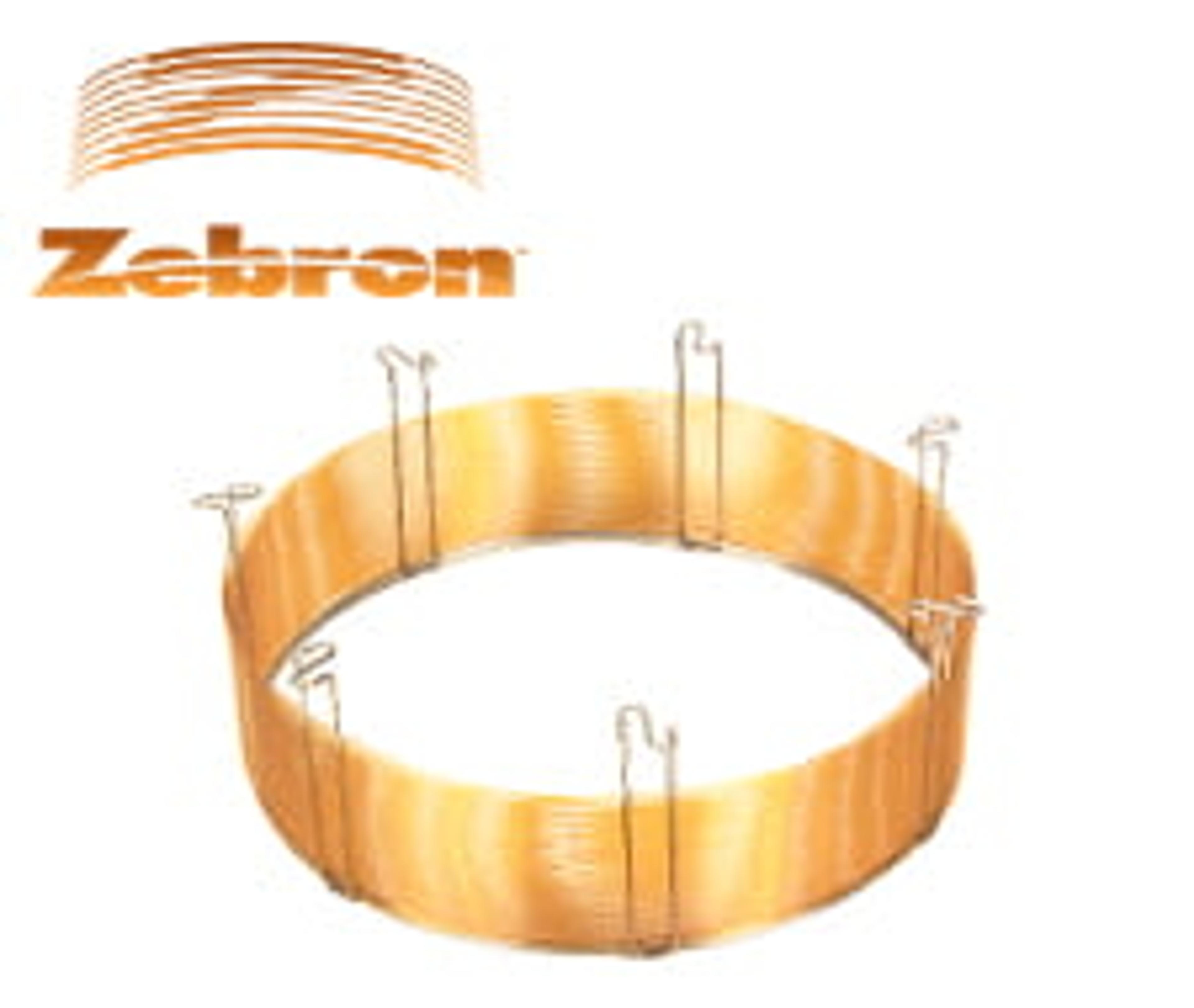New Zebron™ Inferno™ GC Columns Bring High Temperature Stability to Mid-Polarity Analyses
4 Aug 2009Phenomenex Inc., a global leader in the manufacture of separation science consumables, announces the expansion of its successful Zebron Inferno high-temperature GC column line, adding two new mid-polarity columns. The new ZB-XLB-HT and ZB-35HT are the first mid-polarity columns that can withstand temperatures up to 400˚ C, enabling analyses of compounds with high molecular weights and boiling points. The Zebron Inferno non-metal columns are stable at high temperatures due to proprietary coating and binding technologies, providing long lifetime, low bleed and low activity. They are ideal for analyses in environmental, food and beverage, pharmaceutical, toxicology and biofuels applications.
Standard fused-silica columns are not engineered to withstand temperatures above 380˚C and their polyimide coating begins to degrade, eventually becoming brittle and inflexible. The Phenomenex Inferno columns are specially designed for high-temperature analysis, with more rugged stationary phases and coating.
The ZB-XLB-HT Inferno column is stable up to 400˚C and provides unique selectivity for confirmational analyses. This MS-certified column offers low activity and good peak shape for acidic and basic samples. The ZB-XLB-HT proprietary phase is ideal for polychlorinated biphenyls (PCBs), pesticides, herbicides and many EPA methods. The ZB-35HT is a 35%-phenyl-65%-dimethylpolysiloxane intermediate-polarity column that is stable up to 400˚C, enabling high molecular weight analysis. It is particularly well suited for trace analysis with bleed-sensitive detectors. Applications include semi-volatile compounds, pesticides, drugs of abuse, pharmaceuticals, steroids and many EPA methods.
“Our successful Zebron columns were the first non-metal columns to provide stability at very high temperatures,” commented Ngoc Nguyen, brand manager for Phenomenex. “The increased column stability can be beneficial even for routine temperature ramps above 320 °C, which can cause some GC columns to become brittle and produce high bleed.”

